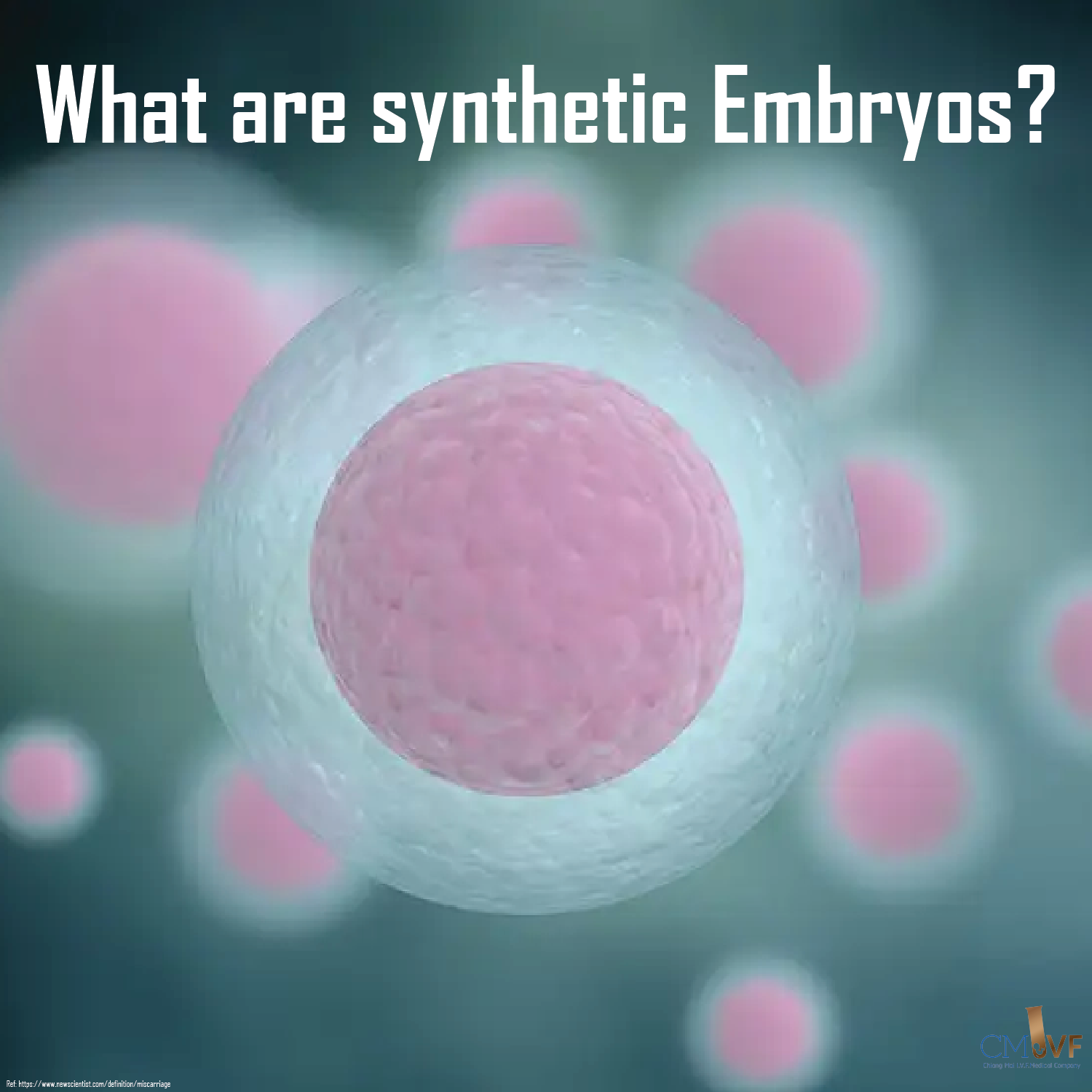The first synthetic embryo like structures have been created from stem cells and reached a landmark stage of development. In the UK researchers announced making the first human “synthetic embryos” – embryo-like structures made from stem cells – that have been grown to a stage equivalent to just past 14 days old grown to a stage equivalent to just past 14.
The term is somewhat misleading as these structures aren’t really synthetic, nor are they exactly the same as embryos. They are similar to early embryos, a tiny ball of cells arising from a sperm fertilizing an egg, but created from stem cells grown in the lab.
These structures haven’t been wholly synthetically created, as the stem cells came from an embryo originally, but seem to have certain differences to naturally formed embryos. In addition, synthetic embryos can be made in unlimited supply. Therefore, they are formed in a batch like format using the stem cells. They are more or less genetically identical which is of great use for studying their response to different experimental conditions. It is also quicker and easier to genetically modify stem cells grown in a dish to understand the functions of different genes. Studying the morphology and other characteristics beyond 14 days can mitigate any political issuers revolving around a 14-day rule in which some countries the embryos must be destroyed.
Synthetic embryos can help assist medicine by by understanding more about embryonic development. It can help to determine when early pregnancies miscarriage and how embryonic organs form and grow leading to the potential ability to grown organs in the lab for transplants.
Ref:
https://www.newscientist.com/definition/miscarriage/ 